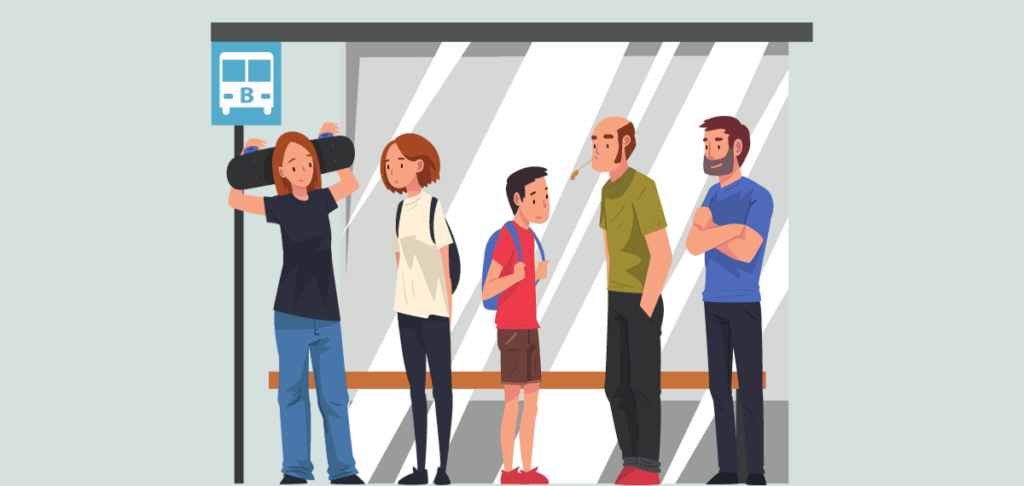The difference between awaiting and waiting is more than just a two-letter prefix. Awaiting means expecting or looking forward to something, usually with a sense of urgency or excitement. On the other hand, waiting is more neutral; it simply means the action of staying in one place or delaying action until a particular time.
But why should you even care about this grammatical nuance? Well, precision in language isn’t just about being thorough; it’s about clarity and effective communication. Imagine writing an email saying, “I’m waiting your response.” Errors like this could impact how you’re perceived in both professional and personal settings.
So, I’ll give you a good look at the proper usage of awaiting and waiting, peppering you with examples to make sure you never mix them up again. Because, let’s be honest, nobody wants to be left waiting—or should we say awaiting?—for clarity.
When to Use Waiting
To wait means not doing an action until a future event or condition is met. It can also mean to be in a state of expecting something to happen in the future. But you don’t do any action to make the event come sooner.
You can wait for your sibling to come home or wait for your online order to arrive. Wait’s simple present forms are wait and waits. The present participle of wait is waiting, and its simple past is waited.
The word wait can also mean a hidden place.
How Do You Use Waiting in a Sentence?
- I grew tired of waiting for him to come home, but he returned anyway.
- There’s no point in waiting for a response when you can always try another.
- We sat and waited for our food.
- I’ve been waiting for you to send me a message.
So, he waited, then singled out two people who weren’t standing. [USA Today]
When to Use Awaiting
Await is a verb that means to wait for something or to be waiting. It can also mean to have something in the future be waiting for you. As you can see, it has the same definition as wait, but their uses differ.
While wait can be used without an object, await always needs an object. That means the sentence she’s awaiting is wrong because you need to await something, like prince charming or a bus.
The verb also has several obsolete and archaic definitions. It carries with it a general formal feeling or one of seriousness. One possible reason for its formal tone is that it’s slightly older than wait.
Await first appeared in the English language during the 13th century. But it only became popular a century later.
How Do You Use Awaiting in a Sentence?
Here are a few examples in a sentence showing how this term can be utilized.
- The 184 students, who were refused promotion to 12th standard due to poor performance in the previous class, await the decision of their respective schools. [The New Indian Express]
- According to PA Foreign Minister Riyad al-Maliki, the authority is still awaiting the court’s authorization in order to submit the documents, which it may do by the middle of June, Israel Radio reported. [The Times of Israel]
- I’ve got this bubbly feeling inside because I’m eagerly awaiting the release of my favorite band’s new album.
- The house was silent, the curtains drawn, with everyone inside anxiously awaiting the results of Grandma’s surgery.
In the first sentence, the object of the verb await is decision. And the direct object of await in the second sentence is the court’s authorization or authorization.
Trick to Remember the Exact Difference Between Await vs. Wait
Wait is shorter and, therefore, easier to use as a transitive or intransitive verb. You can use it in a sentence with or without an object. It’s also more suitable for contemporary sentences.
Await has an additional letter, so it’s more formal and strict in its usage. Only use grammatical structures like this if the verb has an accompanying object.
Focus on Using Wait
Using wait instead of await shouldn’t be confusing anymore! Wait is more flexible because you can use it with or without an object. You can also use it in both formal and casual tones! If you have more grammar-related questions, let us know! And improve your writing even more with our breakdown of straight vs strait or wright vs write.


